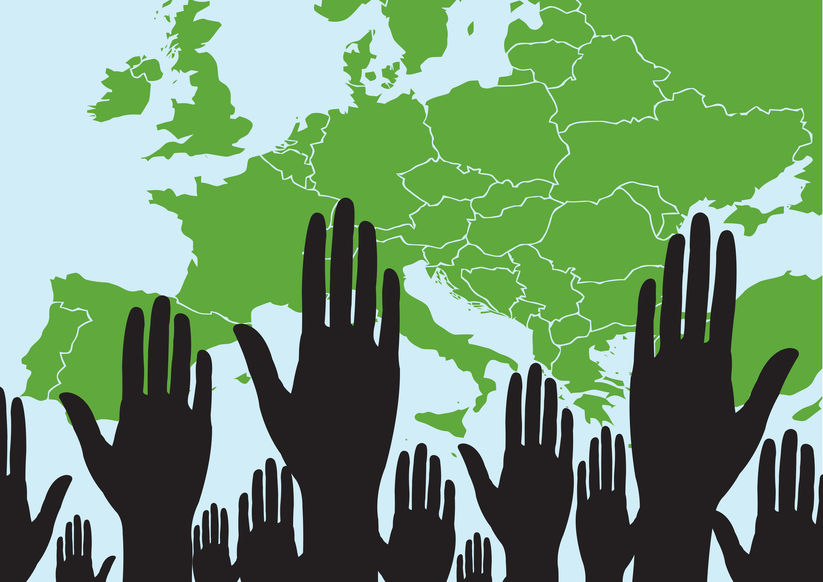Application Exercise 10ab: How much foreign aid is enough?

- Explain why the UN believes it is important that all richer, developed countries commit 0.7% of GNI in
The UN believes that the 0.7% of GNI minimum target is appropriate because it is the minimum amount of money required from richer countries to meet the Millennium Development Goals and halve extreme poverty.
- Which countries have reached the target of 7% of GNI in ODA? In which region/s of the world are these countries located?
As of the end of 2021, only 5 countries had met the target. These were Luxembourg (0.99%), Norway (0.93%), Sweden (0.92%), Germany (0.74%) and Denmark (0.7%). All of these countries are located in continental Europe.
- Compare the % of GNI amount and the raw $ amount of ODA for the countries below and discuss whether it is more important to give a larger dollar amount of ODA, or a larger percentage of GNI in ODA.
Country | ODA (% of GNI) | ODA (US $ terms) |
Australia | 0.21% | $3,444 |
USA | 0.18% | $42,311 |
Germany | 0.74% | $32,232 |
Sweden | 0.92% | $5,927 |
New Zealand | 0.28% | $681 |
An argument in favour of it being more important to give according to percentage of GNI is that it is proportional, and therefore countries are giving according to their means – their capacity to afford it. (For example, this is how many forms of income are taxed, to promote fairness, rather than pay a set amount regardless of income.)
An argument in favour of it being more important to give a larger dollar amount is that ultimately, the dollar amount is what will be received by those in need of the ODA. The USA is the world’s most ‘generous’ donor in terms of total dollar amount (providing more than ten times the value of ODA provided by Australia), although this represents a smaller proportion of its national income (0.18% compared to 0.21% for Australia). It could be argued this makes the USA a ‘better’ donor because it is helping more people. Similarly, NZ gives one-fifth of the total value of aid as Australia, even though it gives a larger percentage of its GNI (0.28%) compared to Australia’s 0.21%.
Students can draw their own conclusions based on their values and the arguments they use to support their response.
